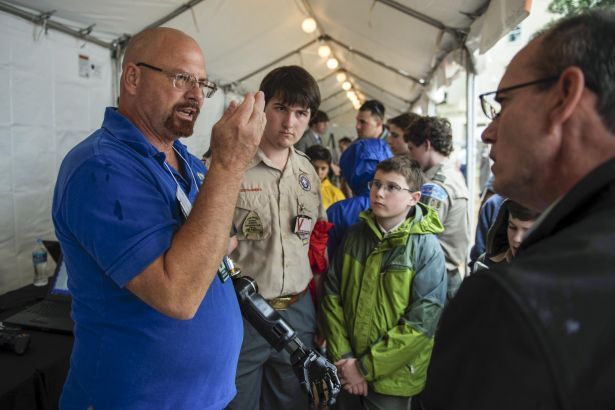The 107-country Outer Space Treaty signed in 1967 prohibits nuclear, biological, or chemical weapons from being placed in or used from Earth’s orbit.
What they didn’t count on was the US Air Force’s most simple weapon ever: a tungsten rod that could hit a city with the explosive power of an intercontinental ballistic missile.
During the Vietnam War, the US used what it called “Lazy Dog” bombs. These were simply solid-steel pieces, less than 2 inches long, fitted with fins.









